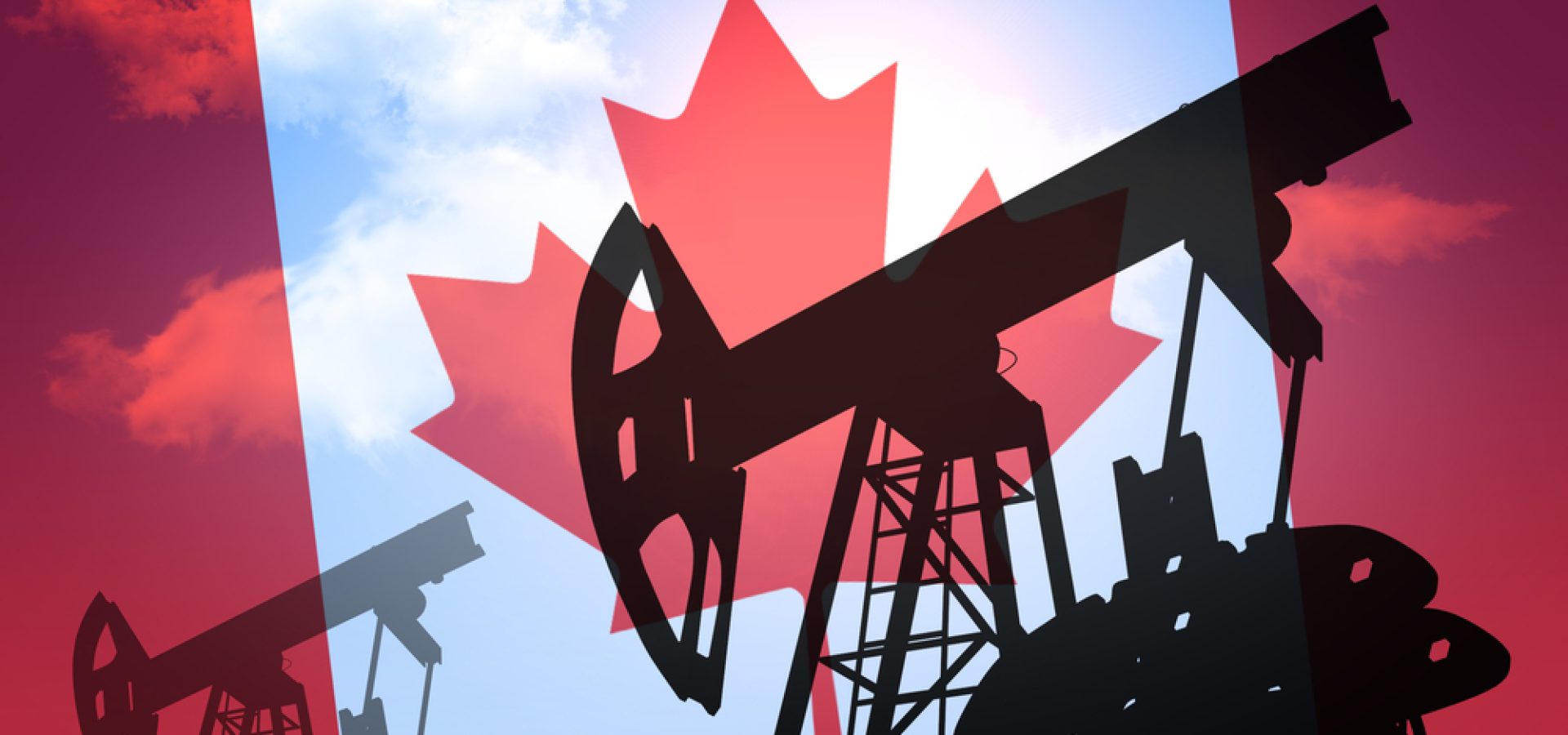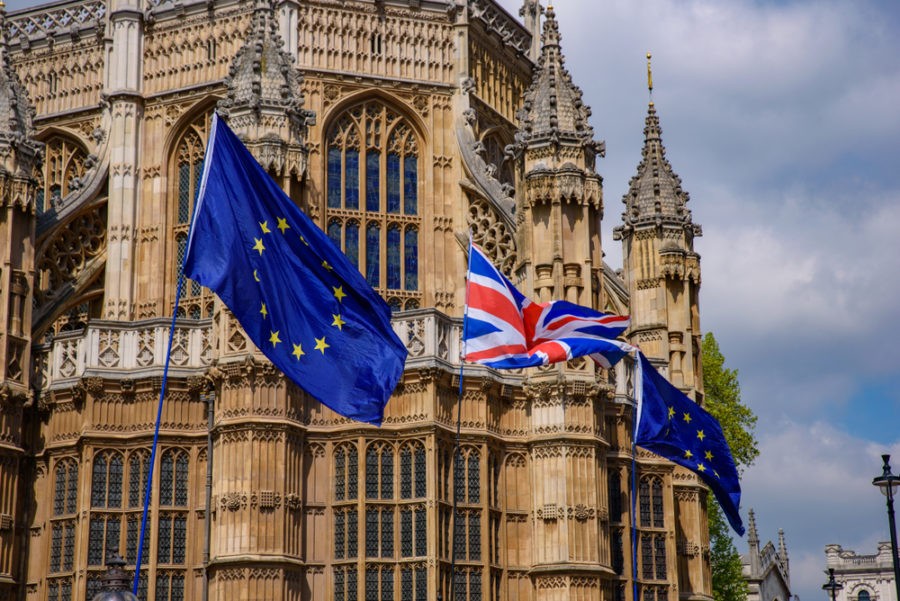Canada has set determined targets for cutting emissions to combat climate change. However, it suffers a stiff challenge: not only is its economy reliant on oil production, but the Canadian oil industry’s carbon emissions are between the world’s highest for every barrel of oil it pumps.
The Canadian oil patch represents the most vexing problem of the energy transition. In the long term, Canada demands to lessen its dependence on the energy sector that values for 10% of its economy as the world shifts away from planet-warming fossil fuels. In the short term, Canada requires to clean up extracting oil to comply with national emissions points.
The northern Alberta oil sands spread three to five times the global average emissions through the barrel of oil equivalent, as stated by Rystad Energy, because extracting crude from Alberta’s gumbo-like deposits of oil, sand, and clay necessitates additional energy.
Just one of the nation’s five largest oil companies, Suncor Energy (NYSE: SU) Inc, has the policy to cut emissions outright. The producers state they require extensive government support for carbon capture and other technologies such as small modular reactors (SMRs) to reach climate goals.
Alliance to decrease emissions
Prime Minister Justin Trudeau set in April a national purpose to lower emissions 40% to 45% by 2030 from 2005 levels, up from an initial goal of 30%. Pourbaix describes that goal as extraordinarily ambitious, although the United States promises a 50-52% cut over the same period.
Cenovus, Canadian Natural (NYSE: CNQ) Resources, Suncor, Imperial Oil (NYSE: IMO), and MEG Energy (OTC: MEGEF) this month allied to decrease emissions. But the producers are trying at Canada’s 2050 net-zero commitment, and their interim goals fall brief of Trudeau’s 2030 target.
A Suncor spokesperson stated the companies strive to decrease their emissions by one-third every ten years. The plan focuses on government and industry funding a hub to capture carbon, but it bears no details about capacity or cost. Suncor plans to lower absolute emissions by 34% by 2030, even as it increases oil production.
Trudeau’s environment ministry projects oil sands emissions will rise to a record 95 million tonnes of carbon dioxide equivalent by 2030, from 83 million in 2019.
Alberta’s Ministry of Environment and Parks said Canada’s new emissions target would demand action over all parts of the economy and significant support from the federal government.









COMMENTS